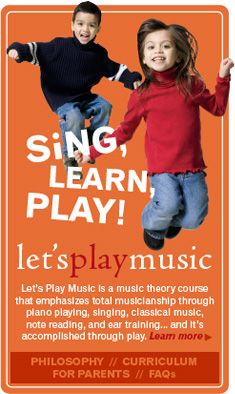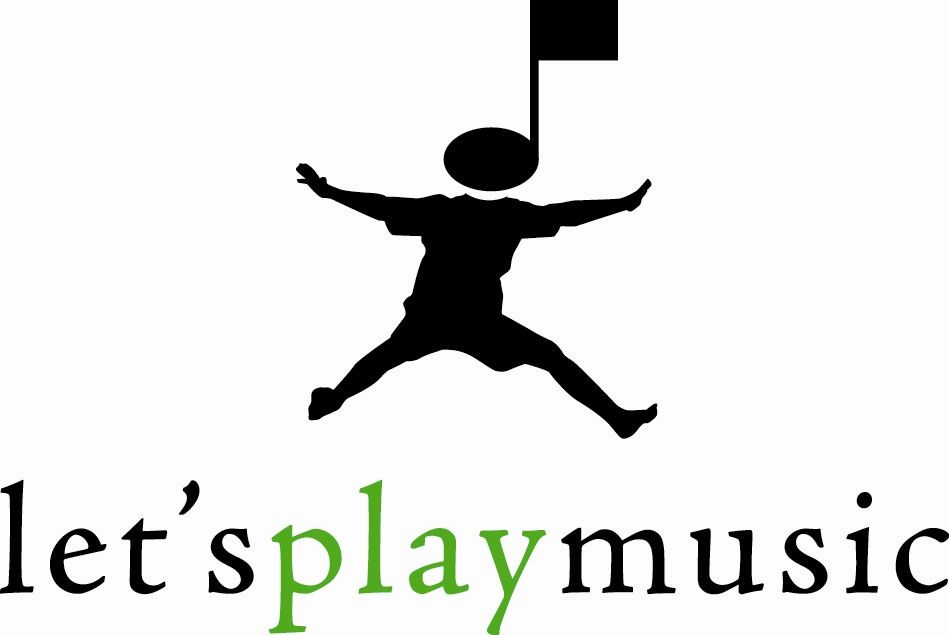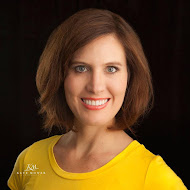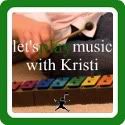Monday, October 22, 2012
10 Ten Reasons for Learning Primary Chords
In Let's Play Music, each of the primary chords gets assigned their own color. This greatly helps our young students learn these all-important chords without having to go into explanations of I, IV, and V or tonic, dominant and sub-dominant. We put a lot of emphasis on recognizing, playing, singing, and understanding these chords in all their forms.
WHY is this?
I have a list of Top 10 Reasons!
I give credit for these to Dave Meadows, a Let's Play Music teacher in Phoenix.
10. Memorization is easier because you don’t have to memorize every single note in a piece of music. You just have to memorize the chord pattern. For example, instead of learning 342 different pieces of information for one song, when you learn it by recognizing and memorizing the chords, you can get it down to about 30 pieces of information.
9. Feeling the chord progression – When you train the muscles to know what each of the chords feels like, then when you see the chord on the page, your hand automatically knows where to go and how to be positioned. We can talk about chords all we want, but until you experience playing them (a lot) you don’t get the feel for them. The learning process for music is then sped up once the chords feel natural for your hands to play.
8. Tension and Release – All music is based on tension and release. It drives the song forward. Even when a song is sung a capella, there are underlying chords and harmonies that are felt despite not being played. It’s what provides the emotion in the music.
7. Can do more with written music – If you learn how to read music without actually understanding the chords, you are tied to what’s written on the page. You can’t do anything more with it. But when you know your primary chords and recognize them in the music you can easily add more notes based on the underlying chord, change the style the chords are played in, and basically pretty up the music however you want. And let's not forget that chords are the foundation for transposing music, too.
6. Faking it – Of course you prepare well for any performance, but sometimes the unexpected happens: your sheet music falls off the piano, the vocalist skips around in the song, you are missing a page of music, you make a mistake etc. If you know and can hear your primary chords, you can fake it, so no one knows there was a problem.
5. Recognizing key signatures – Knowing your chords helps you to be able to analyze music and easily tell what key you are in and whether it’s major or minor.
4. Improvisation –If you only know the melody to a song, you would be able to improvise an accompaniment. You can hear the change in the feel of the melody and match the appropriate chords to the music.
3. Composition – The culmination of Let’s Play Music is having all of our students compose a piece. Not every musician is going to be a composer, but they all should be encouraged to learn the skill. It will help them appreciate music more, be better analyzers of music, understand what they’re playing better, and be more excellent musicians. You have to know your chords to be able to come up with an accompaniment for a melody you compose.
2. Trust the Experts – Great musicians know them and Let’s Play Music teaches them, so they must be important!
1. Fun! You can have more fun with music when you understand it!
There are, of course, more chords than the three primary chords. Other chords add interest and character to a song, but 90% of music is made up of our primary chords.
Learning chords = learning music!
Thursday, October 11, 2012
Magical Lamp Puppet Show-dress-up time
For our last week of performing "Aragonnaise" from Carmen by Georges Bizet (aka "The Magical Lamp"), the kids got to use dress ups to act it out. With so many girls in this particular class, they all wanted to be princesses, so we had to take turns. I did at least have two princess costumes!
Tuesday, September 18, 2012
Beautiful Faces - Brilliant Students
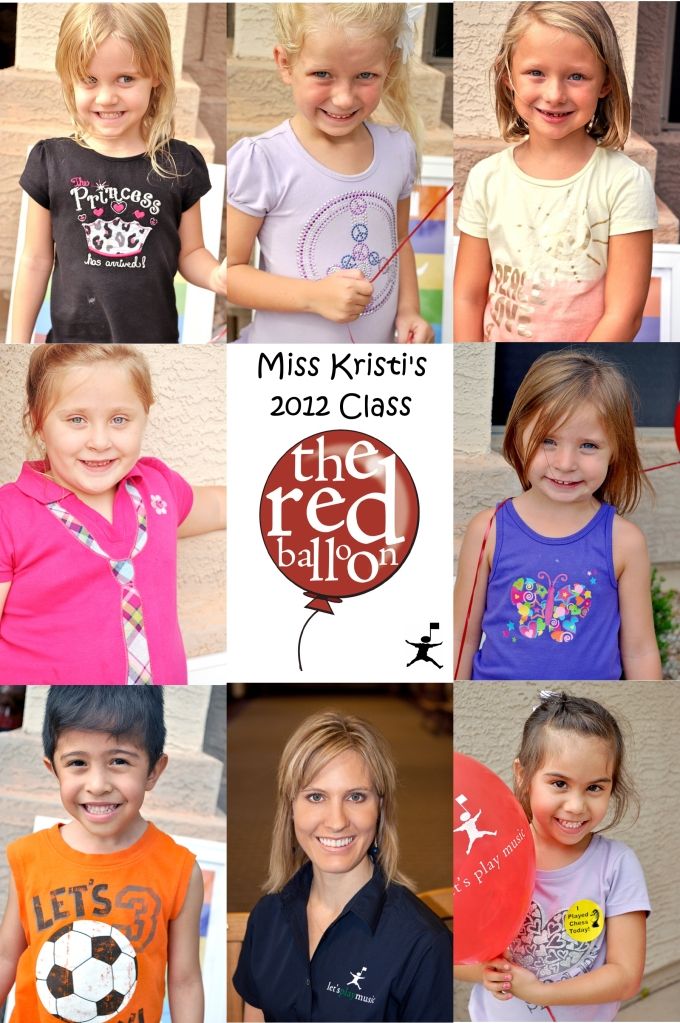
We have already learned so much this year. The first year students know how to sing a major scale with hand signs, follow a given rhythm, recognize themes in classical music, distinguish high and low notes, keep a steady beat, follow chord maps, and more!

The second year students have learned their finger numbers, intervals, keyboard layout, and notation for Middle C. They can play the "red" chord (tonic) as accompaniment, read steps and skips from the staff and play them on the keyboard, read 'note rhythm' cards, and imitate keyboard patterns. Wow!
This may sound like a lot of work, but we have so much fun while doing it!
Tuesday, July 17, 2012
Why Study Music? Top 10 reasons (And when do I need to register for classes?)
While musical activities can help children develop leadership skills, enhance self-esteem and foster a work ethic and dedication to excellence, so can many other activities. What is unique about music that makes it so important for children to learn?
Here are my top 10 reasons:
(adapted from an article by Don Hodges, at The International Society of Music Education.)
1. Feelings. From vague to specific, from grief to joy, music is intrinsically connected with feelings. Music helps us express our feelings and share others emotions.
2. Aesthetic experiences. All human beings have a need for beauty and to activate their innate responsiveness to the organized expressive sounds that we call music.
3. The ineffable. Precisely because music is a nonverbal form of expression it is a powerful means to express or to know that which is difficult or impossible to put into words. Two of the most common human experiences that are frequently known through music are love and spiritual awareness.
4. Thinking. Musical thought is just as viable as linguistic, mathematical, or visual thought. It can be a potent means of expressing ideas and of knowing truth.
5. Structure. Closely allied to the idea of thinking is structure. The human mind seeks patterns, structure, order, and logic. Music provides a unique way of structuring sounds across time, as well as a providing a means of structuring thoughts, feelings, and human experiences. This translates into children doing better in math, science, reading and other school subjects.
6. Time and space. Time and space are the "stuff" of the universe. All human knowledge systems provide ways of dealing with time and space. Although music occurs in "real" time, it deals more with "felt" time. Music, in connection with dance (bodily-kinesthetic knowledge system), is a primary means of experiencing space in time. Let's Play Music uses full body movement to facilitate learning.
7. Self-knowledge and self-identity. Music's role in intrinsic, and especially peak (transcendent, life-changing) learning experiences, provides for powerful insights into our private, inner worlds. Many gain their sense of self through a variety of musical activities and experiences.
8. Group Identity. Group identity through music is both inclusive and exclusive in that: (a) music helps cement the bonding of those members of a group who share common ideas, beliefs, and behaviors, and (b) music helps isolate and separate one group from another. In Let's Play Music, we promote bonding between parent and child through music, and we experience music in group lessons.
9. Healing and wholeness. From more specific applications of music in therapy and medicine to more general interactions, music has profound effects on human beings. Music provides a vehicle for the integration of body, mind, and spirit.
10. Fun. Music has the power to brighten your day, make you want to move, and connect you with others. Music is FUN! Let's Play Music classes are centered on learning through fun.
All students should have an opportunity to experience and develop their capabilities in music!
So how do you find out more about Let's Play Music and why it's so special?
You can start by exploring the links at the top of this blog and by visiting the Let's Play Music website. Go ahead and register here before classes fill up!
Or if you want to see what classes are really like first, you are welcome to join in on a class for free before signing up (contact me to find out when to come) or watch this demo video.
Here are some important dates to remember for 2012 registration:
- Wednesday, August 1: Date to REGISTER BY to receive materials on time
- Saturday, August 11: Parent Orientation meeting for ALL PARENTS
- Thursday, August 16: Classes START for 1st year students
- Thursday, September 6: LATE registration deadline for any spots still available
Tuesday, July 10, 2012
LPM Convention 2012!
You will see from the pictures below that we LPM teachers like to have fun while we learn!
Singing karaoke with another teacher during a social event
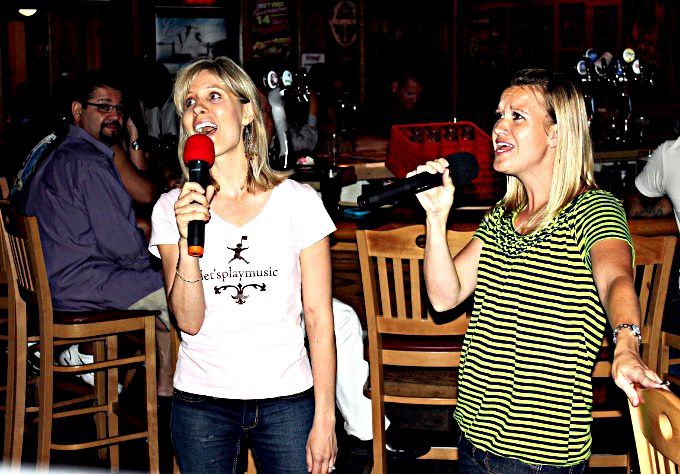 Doing a silly dance during one of the classes
Doing a silly dance during one of the classes
 Busy learning
Busy learning
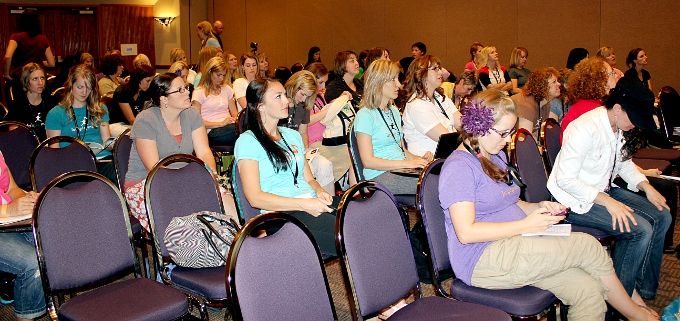 The Main Event
The Main Event
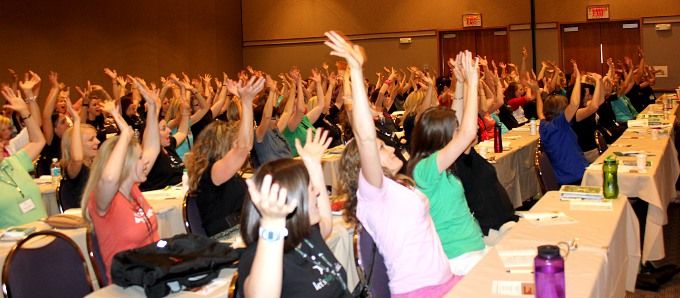
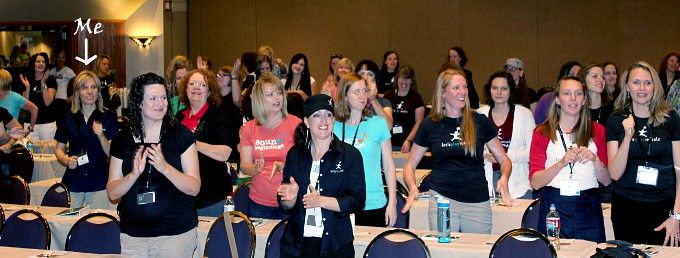 Attendees- What a good looking bunch!
Attendees- What a good looking bunch!
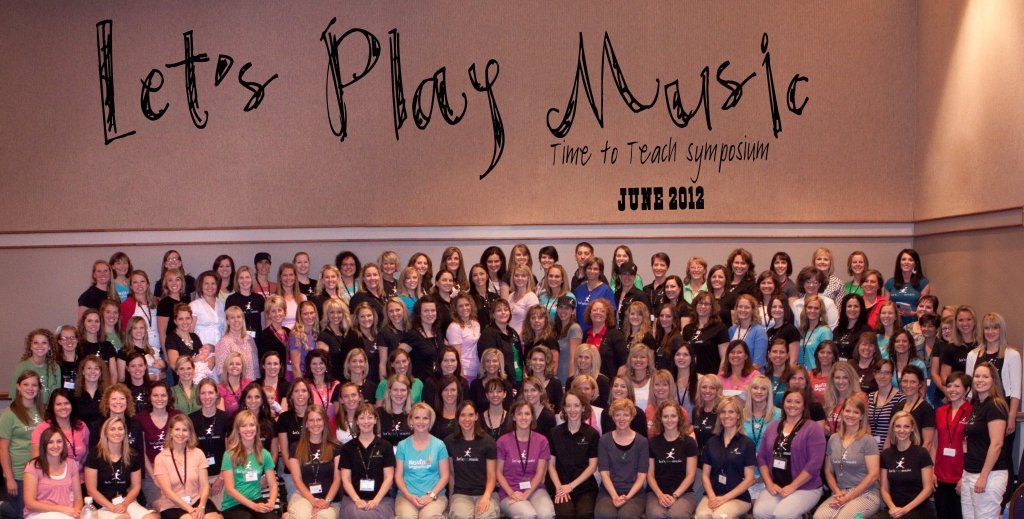 A poster of this collage was presented to the founder of Let's Play Music, Shelle Soelberg, as special gift to remind her of all the lives she has touched through this amazing program.
A poster of this collage was presented to the founder of Let's Play Music, Shelle Soelberg, as special gift to remind her of all the lives she has touched through this amazing program.
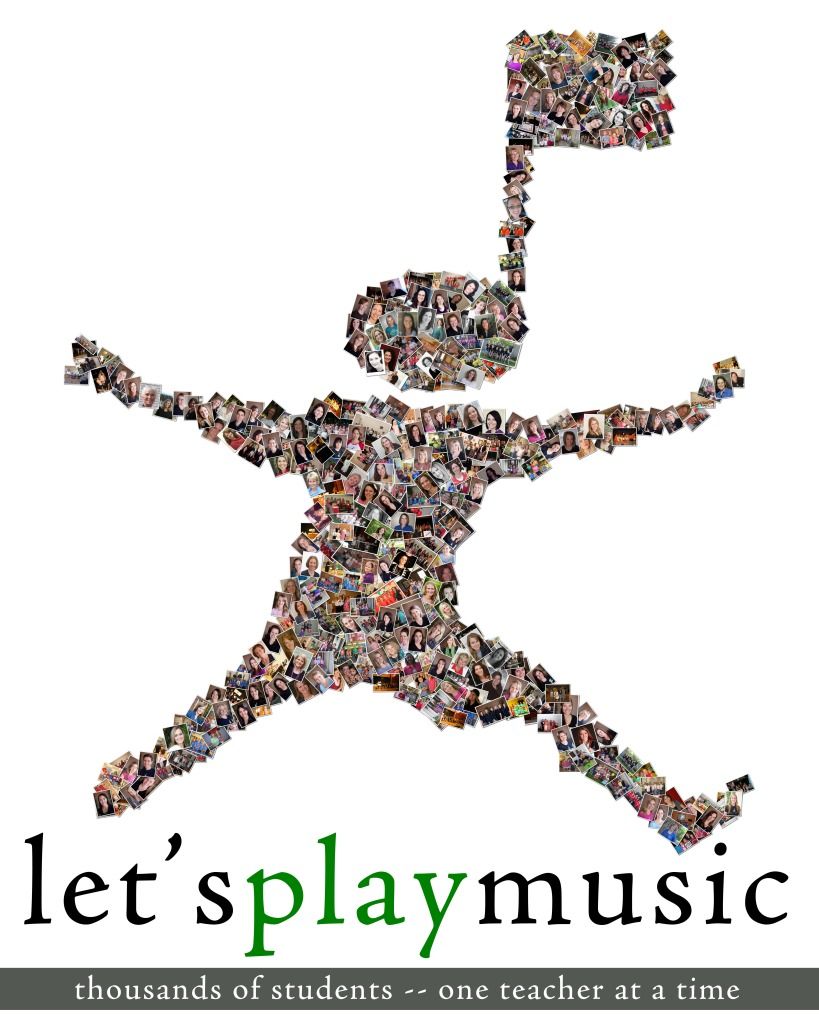 I'm so excited to apply all the wonderful things I learned to make my studio the BEST it can be!
I'm so excited to apply all the wonderful things I learned to make my studio the BEST it can be!
Tuesday, June 5, 2012
Recital Video
Missed it altogether?
Want to share it with other family members?
Just want to see what Let's Play Music is all about?
I'm excited to present the following video of our April 28, 2012 end of year program!
First, here's a synopsis of what we learned from the songs in our Let's Play Music program:
Scotland's Burning
Many people think that “Do Re Mi Fa Sol La Ti Do” was made up f or “The Sound of Music”, but solfeggio is actually a method for teaching music that is over 100 years old. By putting syllables with hand signs, young minds can absorb how notes move around on the staff --before note reading is possible. Solfeggio also helps us audiate. You will see how they hear the song in their heads as they “leave out” a part!
Primary Chords Song /Chords in Pieces
The primary chords make up about 90% of all the music we listen to. Even though we might not yet be able to read music notation, we can still familiarize, internalize and even feel what the red (I), blue (IV), and yellow (V) chords sound like. Do you know all the pieces of your primary chords? I am Learning
How to Skip
This year the students have learned the basics about the musical staff. We learned to visually recognize the difference between baby steps, skips and leaps. This song reminds us that notes “from a line to the next line” or “from a space to the next space” are skips!
Old Paint
Once we understand how our primary chords work, then we can use them to make music! Old Paint has only one chord – the red chord! By simply playing the red chord in its pieces, it transforms into the accompaniment to one of our favorite songs.
Are You Sleeping?
We’ve learned that when you sing (or play) different things at the same time and they sound good together, it’s called harmony! Listen for the harmony between our voices AND our tone bells.
Dinosaur Song
Of course once we learned to read them on the staff, we were ready to take that knowledge and play baby steps, skips and even leaps on our bells---which is prepatory to be able to play on keyboards next year.
Do, Re, Mi
This song has it all! Watch as the children sing a major scale up and down, play it on the bells, use their solfeggio hand signs, and sing harmony all at the same time!!!
Can't Bug Me
One of the most exciting skills we learned this year is how to read and feel rhythm. We used jungle animals to help us learn how to subdivide a beat, and we can read rhythms because of our very musical bugs. Who knew that learning rhythmic notation could be so fun?!
The Magical Lamp--Georges Bizet “Aragonnaise” from Carmen
Puppet shows are our favorite! While we play, we’re listening intelligently to classical music, learning about form, recognizing themes and the moods of themes, and distinguishing various instruments. Can you tell which character is minor in this piece?
Wednesday, May 2, 2012
Our Fantastic Recital
The students did fabulous! They sang the songs beautifully, played the bells accurately, and had fun doing the actions.
Here's a short slide show I made of the recital. It's hard to believe I'm already done teaching my first year of Let's Play Music! I came to know and love my students, and I truly enjoyed guiding them through this musical journey. They are ready to transition to playing keyboards next year. I'm so proud of them!
Wednesday, April 11, 2012
Why Solfege?
- Encourages the use of the most important instrument that we will ever have—our VOICE.
- Gives PHYSICAL PLACEMENT to each note in the major scale.
- AUDIATION or inner hearing is developed.
- Increases the ability to IMPROVISE.
- Improves SIGHT READING skills.
- We auraly learn MUSICAL RELATIONSHIPS independent of the key we are in.
A Story
I will illustrate with a story by KL Wong, a musician who learned to play the piano by taking traditional piano lessons:
I always admired people who could just improvise and play any tune on the keyboard. This was especially so because I sometimes played in a band and composed music, and not being able to do that was a severe handicap. It dawned on me, when looking down at the keyboard, that despite all those years of learning the piano, I basically didn’t really KNOW it at all! I could operate it mechanically, sure, but without any deep understanding of it.
Many years ago, I had a Filipino singing teacher who could also play the keyboard. He never took any piano exams, and could never play some of the pieces that I could. But he was someone who really understood the keyboard. He understood it as well as he understood his own voice. The keyboard was like an extension of his body. Just name him any song, and he’d be able to play it even if he had never played it before. A song was too high to sing to? No problem! He’d just transpose it down instantly.
So I asked him how he did it. And that, sadly, was the first time I heard about solfege (or “solfeggio”, as he called it).
“What’s that?” I asked.
“You know, like: Do, Re, Mi, Fa, So…” he replied.
“Oh, from ‘The Sound of Music’?” I asked. “Yes! I know that song!” I commented enthusiastically, though I still had no idea how a song from a popular musical could help.
My ignorance on the subject was plain to see. Since the day he enlightened me how solfege works (and that solfege did not ‘come from’ that song!), I have always kept in mind the importance of learning solfege.
Learning Solfege develops the ability to really KNOW music, not just to be able to produce pleasing sounds on the piano.
Like Reading
From BrillKids:
Imagine looking through a musical score and being able to ‘read’ it (by singing it out, or having the melodies reproduced in your head) as easily as you’re able to read a book (aloud or in your head). Knowing solfege is like being able to read words.
Conversely, not knowing solfege is like not knowing how to read out words. It’s like all you’re able to do when encountering words is to type them back out on a computer, and let the computer read the words out for you. In both cases, you have become dependent on that machine / instrument to be able to hear the words or music. By having focused on training our fingers to operate an external instrument instead of training our own musical instruments (our ear and voice), we’ve effectively outsourced the most crucial part of musicality, with dire consequences.
And similarly with writing. Knowing solfege is like being able to write out the words that you speak or hear. When listening to music, you know what notes are being played (at least relatively), so you’re able to write them out. Without solfege, the chances are, you’d be quite lost. It’s a bit like listening to someone talk but not being able to take dictation because you have not mastered the alphabet.
I am, therefore, thoroughly convinced as to the benefits of solfege towards developing musicality and a good ear. That’s why I consider any musical training (for any instrument) that does not include the teaching of solfege to be severely lacking.
Easy and NaturalCompare singing “C, D, E, F, G” (See, Dee, Ee, Eff, Gee) with singing “Do Re Mi Fa So” and it should be obvious which system is more practical for singing.
Teaching children to sing solfege is so easy and natural – which little child has reservations about singing out loud, even if it may not be in tune? If using the voice is encouraged and fostered from a young age, children grow up to being less self-conscious about singing.
I don't know anyone who doesn't enjoy listening to music, but not everyone is able to experience the joy of participating in the creation of music. Singing and playing music has been a profound source of happiness in my life. I love that I am able help children develop their musical abilities and foster true musicianship.
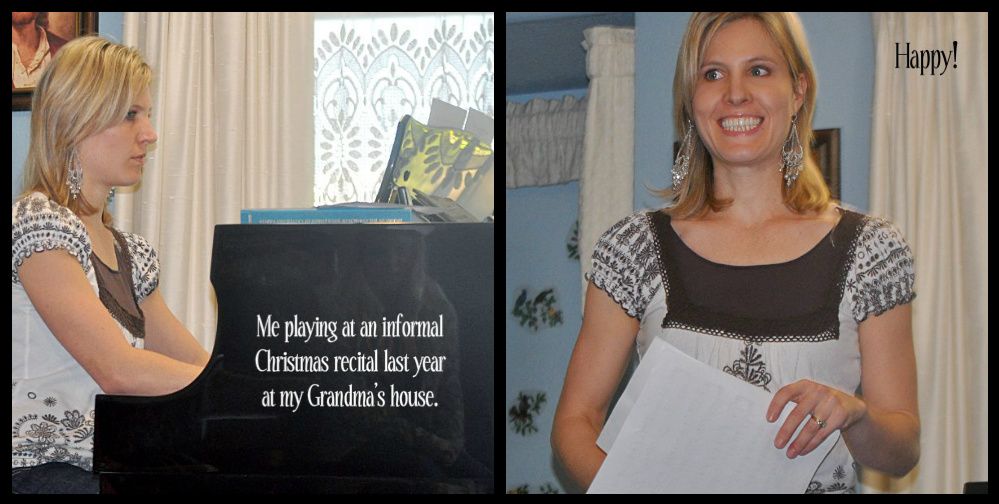
Wednesday, April 4, 2012
Sneak Peak into 2nd year classroom
Take a sneak peak into a second year classroom while the creator of the program explains the philosophy and magic of Let's Play Music.
Wednesday, March 7, 2012
Fox Hunt Puppet Show
I love the intensity of this piece. It's the finale of the William Tell Overture.
Here's a few fun tidbits about the composer, Gioachino Antonio Rossini:
- He was born on Leap Day, 1792!
- Born in Italy to a family of musicians.
- At six years old he joined his father's band and played the triangle.
- At ten years old he started composing music and was often asked to play the piano and sing at church.
Friday, March 2, 2012
Registration for 2012!
Guarantee your child's spot in a class!
Get first pick at your choice of class time!
AND get $5 off the deposit if you register by March 31!
Thursdays, 1:00 PM
Thursdays, 4:00 PM
Thursdays, 5:00 PM
Classes start August 16, 2012.
Let's Play Music, 2nd year classes (must complete 1st year first)
Tuesdays, 6:15 PM
Wednesdays, 4:00 PM
Wednesdays, 4:00 PM
I'm excited to announce that online registration is now available!
Or e-mail Kristi at kristiison@aim.com for a form.
Come to a class for free! See the Registration Info tab for details.
Monday, February 27, 2012
I've Been to Harlem
If you don't have three mallets at home, you can use another object, like an unsharpened pencil or a wooden spoon handle to play all three bells at the same time. Fun, isn't it?
Wednesday, February 1, 2012
Bells are ringing!
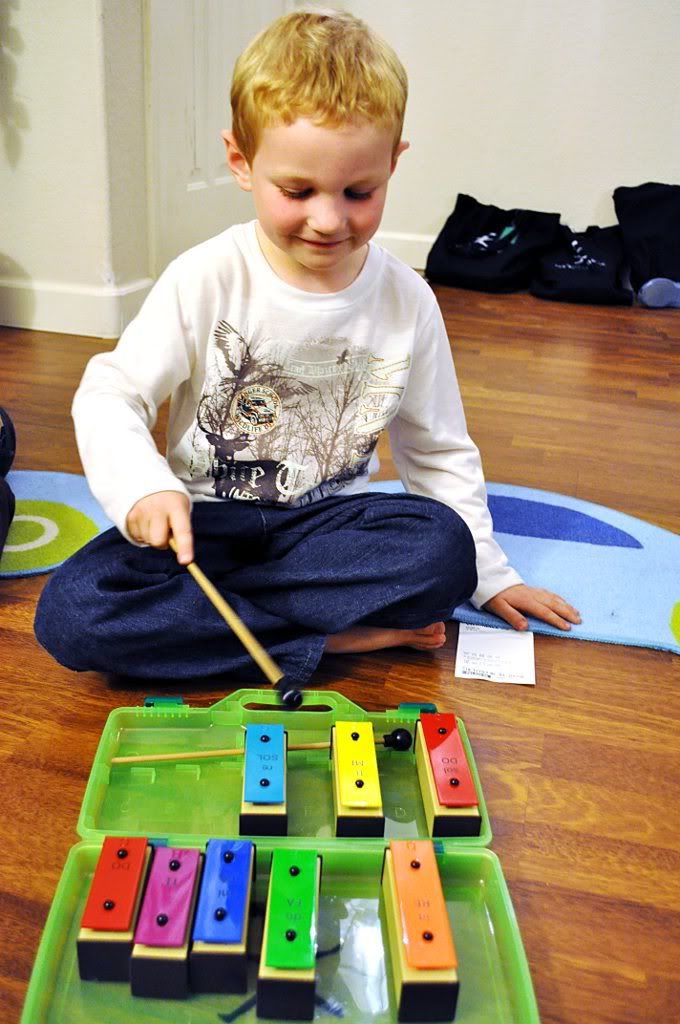
Isn't it cool how the bells can be moved around?

They also have the Solfeggio scale (Do, Re, Mi...) engraved on them.
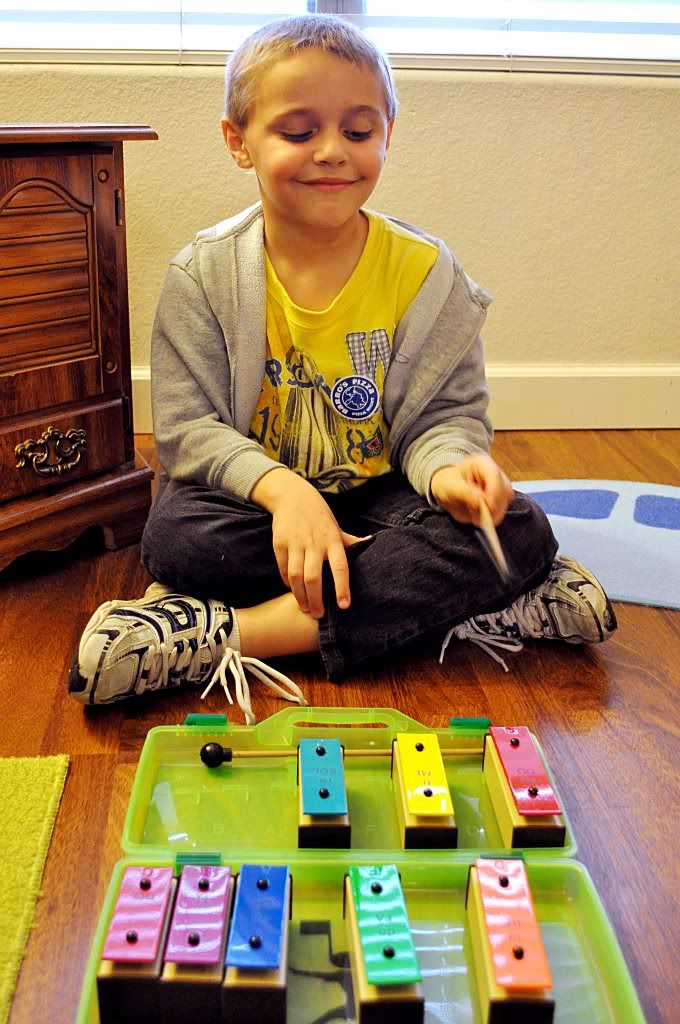
"Children quite naturally listen, sing, dance, play, and express themselves musically, with little or no previous training. When learning experiecnes are tailored to develop their musical abilities, then the complete musicians inside them begin to emerge." (from Music in Childhood by Patricia Shehan Campbell and Carol Scott-Kassner)
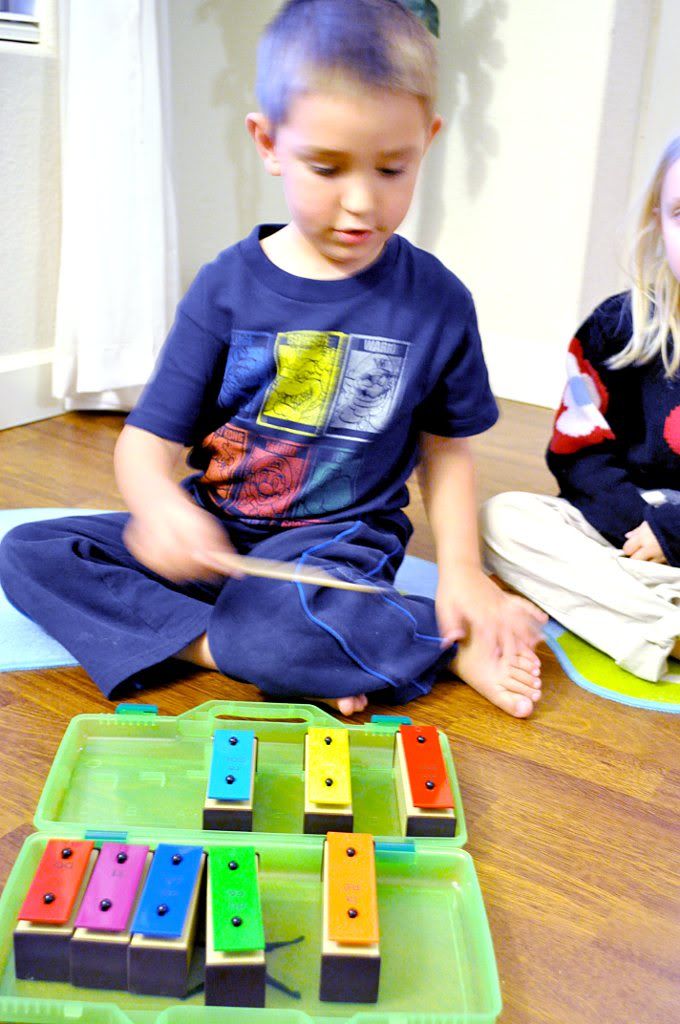
During the first year of Let's Play Music, students practice their bells at least once a week at home (or more!). Then in the second year the skills they learned on the bells transfer easily to the keyboard.
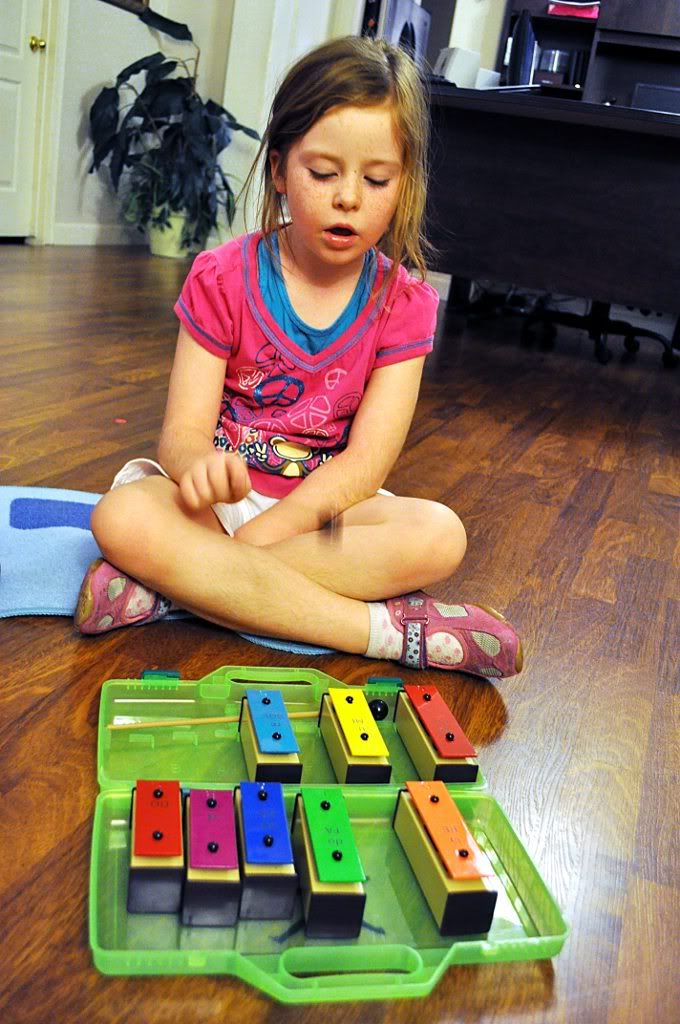
During class this week the children each got a turn to play the "red" chord in pieces on the bells: DO-MI-SOL. The rest of the class sang, "Goodbye, Old Paint." It's kind of a sad song about a cowboy saying goodbye to his horse.
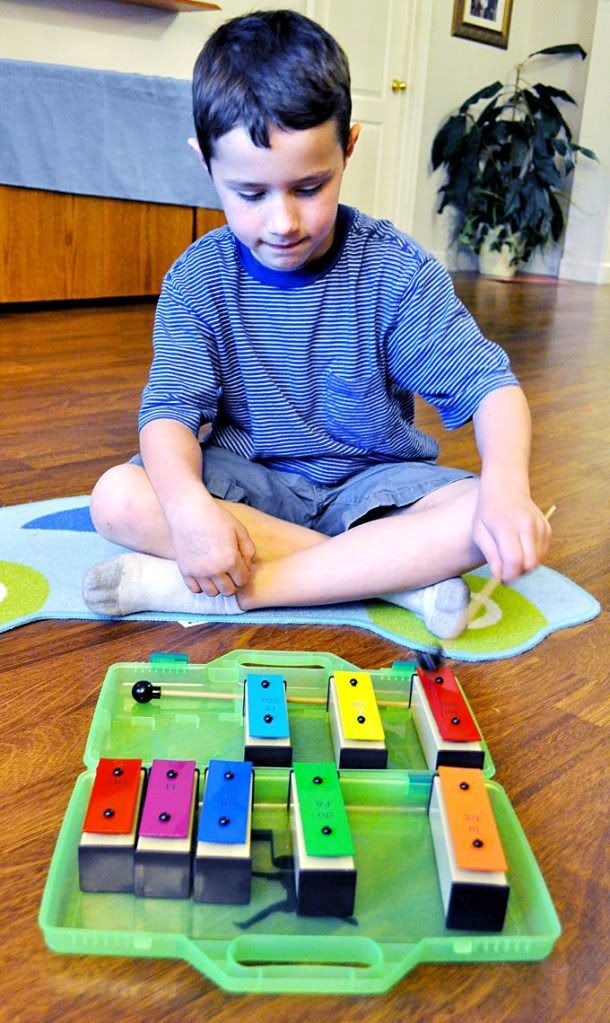
The students are learning to keep a steady beat.

They are also learning about chords and harmony.
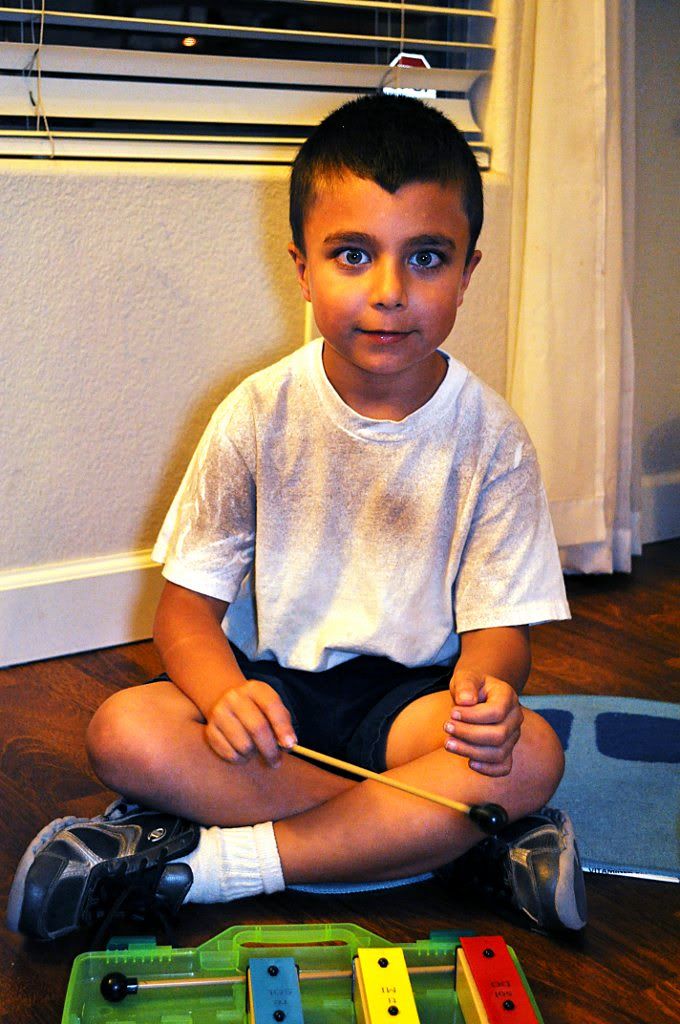
It's so exciting to me to see how much the children learn when we're having fun!
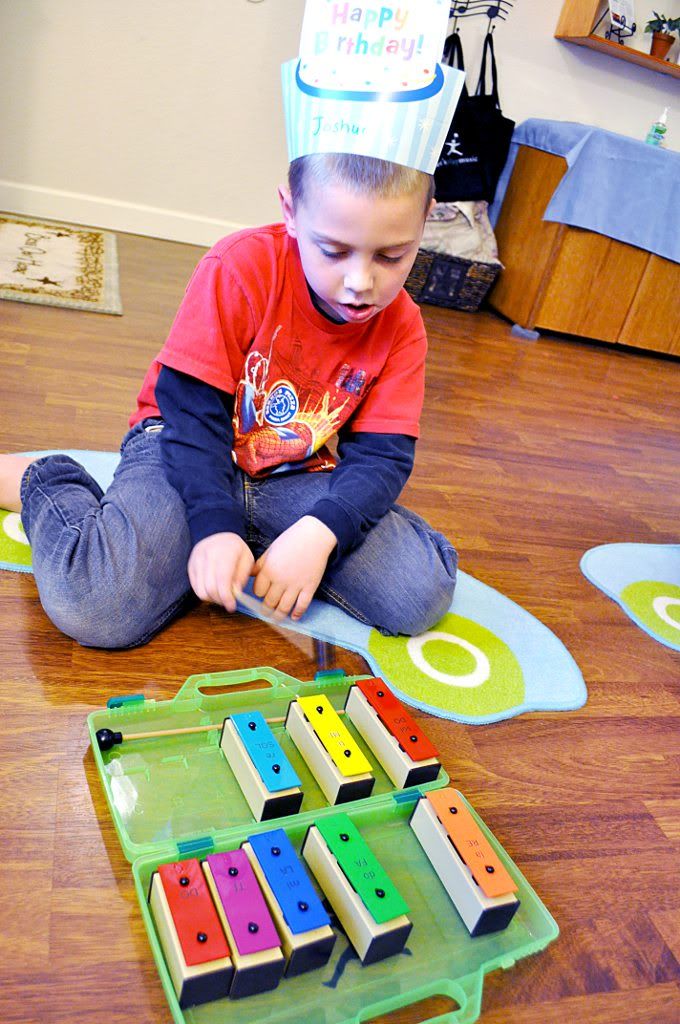
"The most successful lessons spring from the selection of a concept, embedded in a song or musical piece, which is then reinforced and expanded on through a variety of instructional strategies." (from Music in Childhood by Patricia Shehan Campbell and Carol Scott-Kassner)
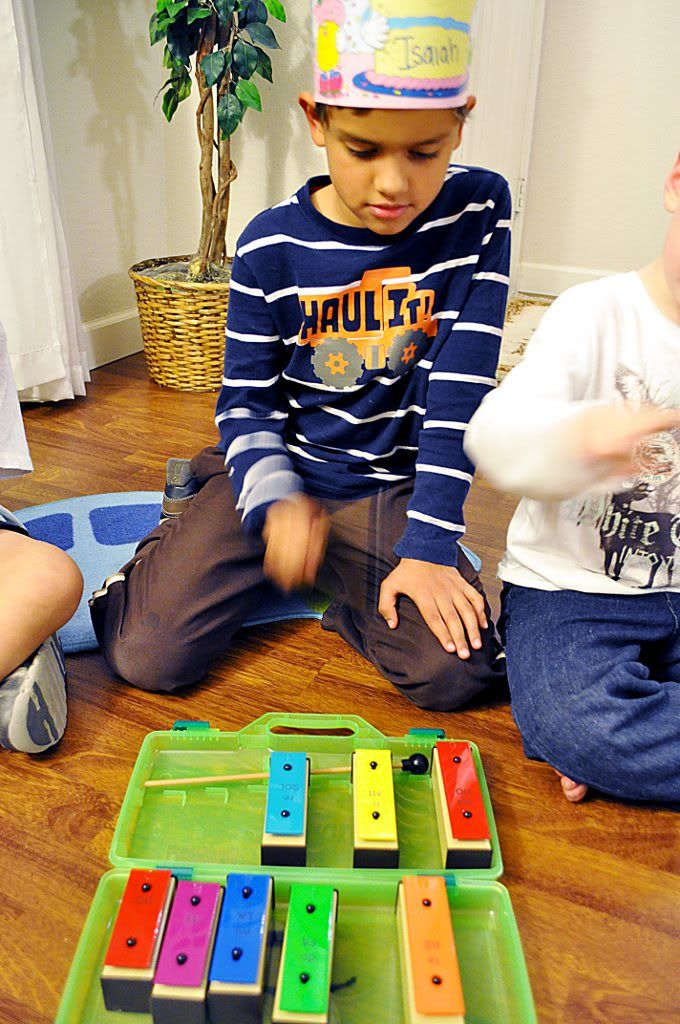
That's exactly what we do!
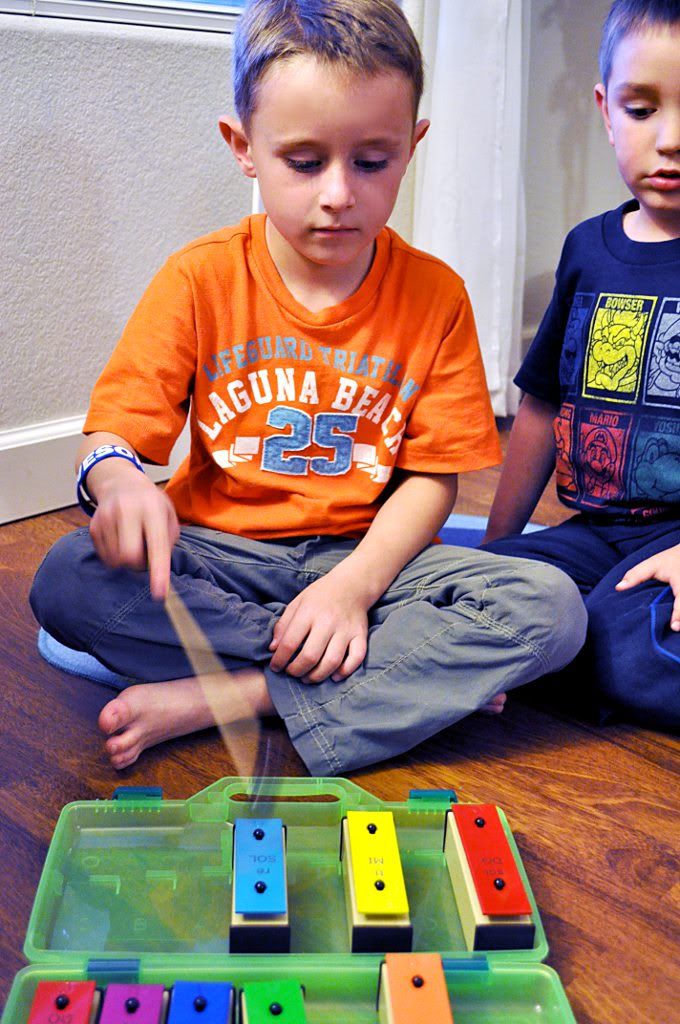
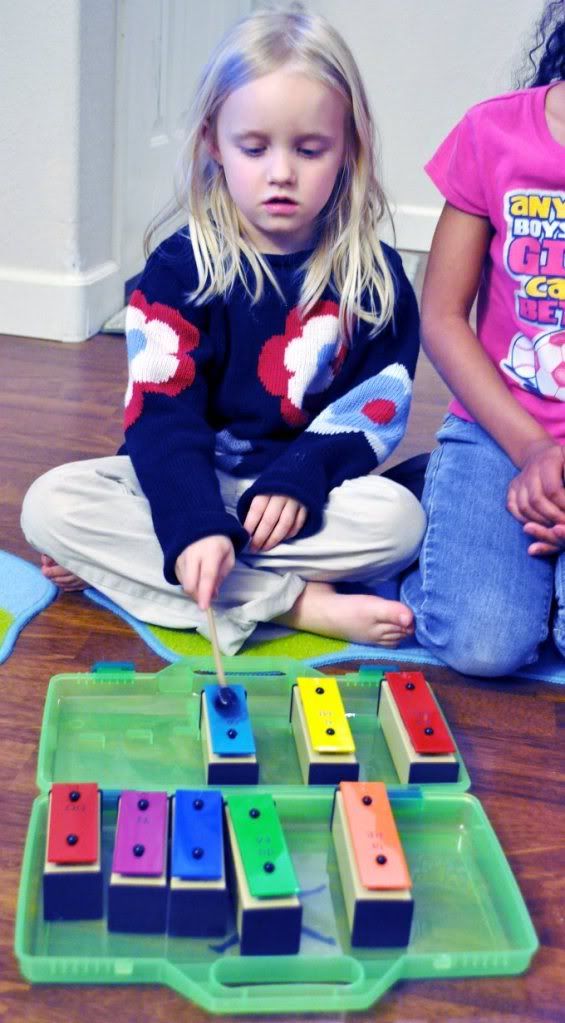
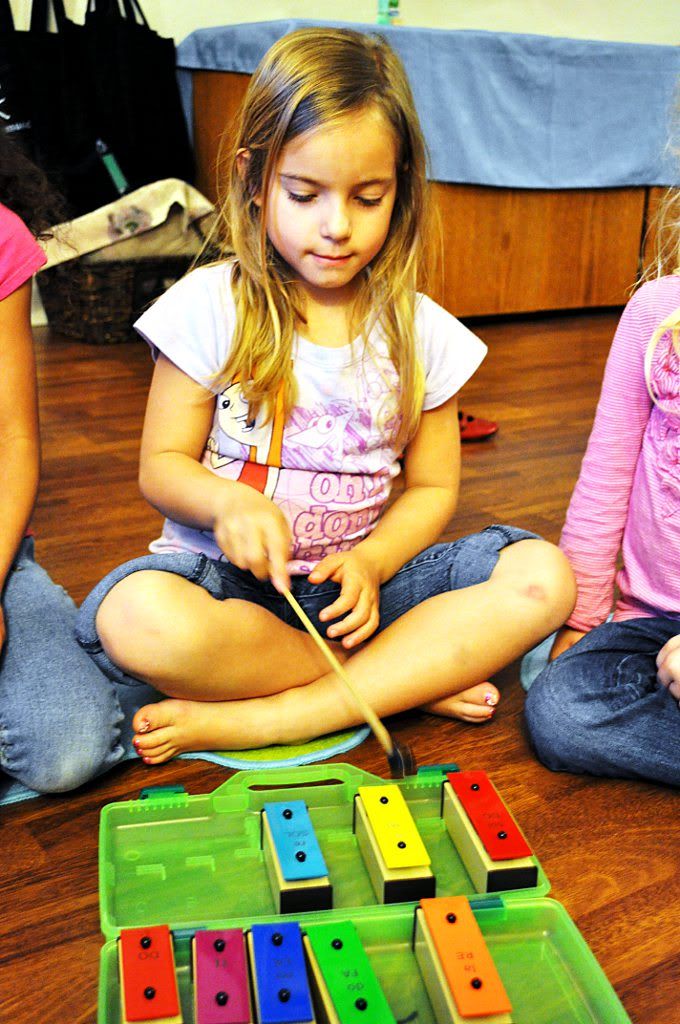

Keep playing those bells! You're doing great!
Saturday, January 14, 2012
Quote: Music & Feelings
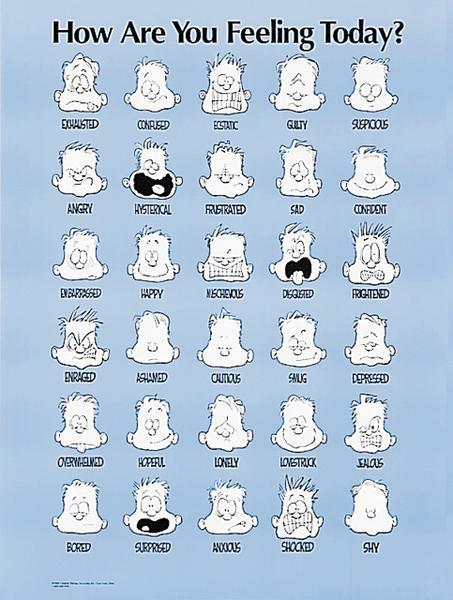
Our Blue Bugs semester started this week. In class, I told the sad story of a cowboy named Winston having to say goodbye to his horse, "Old Paint." I love the ability of music to express emotion!
If a composer could say what he had to say in words he would not bother trying to say it in music. -Gustav Mahler


